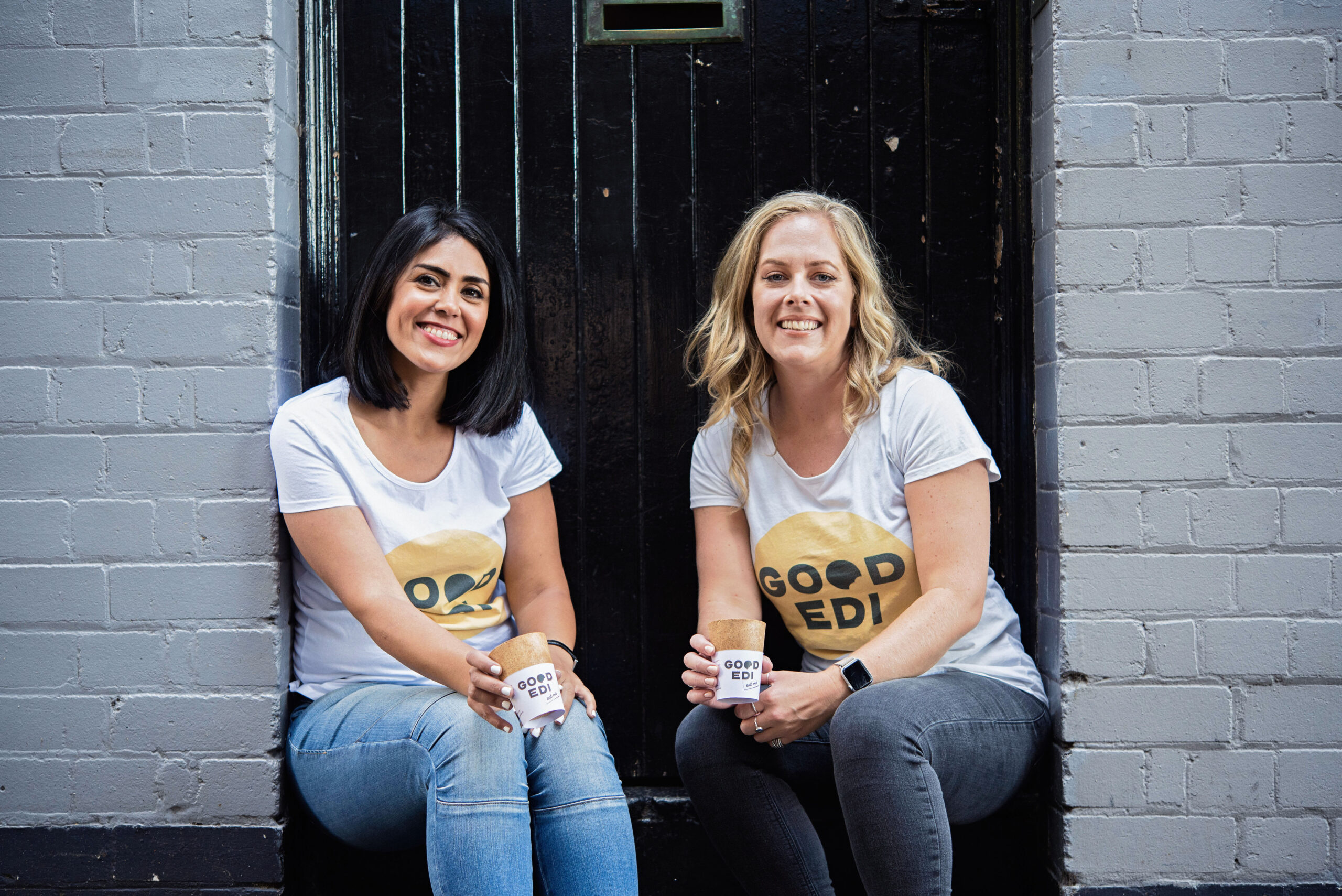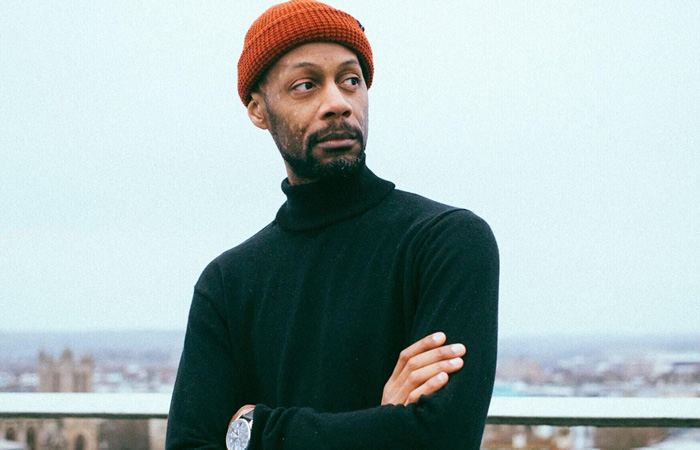ARTICLE / THE MAKING OF... SERIES
The making of...
Good-Edi
After learning 2.7 million disposable coffee cups were being sent to landfill in Australia each day, Catherine Hutchins and Aniyo Rahebi developed an idea for a truly biodegradable coffee cup. With a shared vision to make a positive difference to our planet, Good-Edi – the edible cup was born.
Series
The making of... Series
Tags
Entrepreneurial
Start up
Welcome to The making of… blog series. To start, can you give our readers a brief background?
Hello I’m Catherine. I have over eleven years global experience in the Food processing & Packaging industry. My key roles have been in production management, food technology, sales, and business development.
And I’m Aniyo. I have almost thirteen years global experience in the Food processing & Packing industry. I’ve held different roles in sales, business development, strategic planning and business management.
We both met in the industry, became friends and are now co-founders.
Over the years we’ve seen different solutions for the takeaway cup… but mostly they’re either reusable or questionable biodegradable options… So how did you come up with the idea?
Having both worked for global corporates focusing on packaging on a day to day basis, we knew how much the packaging industry is polluting the environment and we wanted to do something about it.
One day, we were talking over our morning coffee about how great it would be if we could have an impact on minimising waste in the coffee industry.
We started researching and understanding the problem of disposable coffee cups and found that there weren’t really any solutions out there that truly solved the problem. After doing more research we realised the solution we were going to introduce should avoid creating waste, so it should be something like food. Like an apple or banana that will break down naturally and be sustainable and convenient. So that was it – a cup you can eat! And that is how Good-Edi was started.

Catherine and Aniyo, Founder of Good-Edi
Knowing you wanted something that would break down naturally, what research did you do to arrive at what you've got now? How did you test your product-market fit?
During our pre-launch phase we tested our product in local cafes and at farmers markets in Melbourne. We had an overwhelmingly positive response. This was a great way to confirm that our solution was going to work. One hundred percent of the customers we spoke to said Good-Edi was a unique solution to minimise waste.
So with initial market approval for your idea, what were the first batches like and how did you go about developing your product?
Once we decided to make an edible takeaway cup, we decided that our first step should be some kitchen trials to make sure our concept could actually work. We needed to make sure we could get a cup that tasted good but could also hold hot liquid without leaking. We focused on a biscuit or waffle cone as it could be a yummy snack with coffee and had to learn about the science behind the ingredients.
Once all the equipment was in place and we had sourced our test ingredients, we were ready to go. A bottle of wine, a hundred recipe adjustments and five deep house playlists later – we had a waffle cup that could hold our coffee for five hours, and it was delicious.

The testing process sounded like a lot of fun. Once you worked out your product could hold coffee for five hours, the next question is how did you fund everything?
We had four main avenues to raise the funds needed for our production set-up and fund our launch. We bootstrapped the initial stage of our journey before participating in the HATCH accelerator program and won the major funding grant. Next we ran a reward based crowdfunding campaign which was very successful. It also gave us valuable insight into marketing and our customer demographic. For the remainder of the funds we needed, we completed a seed funding round that involved bringing on investors.
As you learned more about your marketing and customer demographic, what was your branding process and how did you arrive at where you are today?
From the beginning, we wanted our brand to represent our company and what we stand for. We wanted to be sustainable in everything we do and have this reflected in our brand messaging. We started by coming up with the name ‘Good-Edi’. Good means good for people, good for the planet and good for you! Edi is a shortened version of ‘edible’ to represent our edible cup. We narrowed down the values we wanted to stand for in three words – Genius, Goodness, and Honesty. We then crafted our brand around this. We also wanted our online and social media presence to reflect a sense of community so that everyone feels part of the Good-Edi journey. Based on this we developed our logo and website.
With the branding sorted. How are you getting the word out there and how are you scaling the brand?
We are mainly focussed on PR, sharing our story via different platforms including news articles, podcasts, tv, and radio interviews. We connect with our main audience via Instagram and Facebook. So far, our presence has grown organically and by word-of-mouth. We have big plans for scaling the business. We are looking at collaborating with brands that share the same values. We are also planning to scale up our edible cup production very soon so that we can broaden our impact in Australia and grow in other markets.
Finally, moving forward, what would you say your biggest challenge would be?
The biggest challenge is that we are looked at and measured like a profit led business. Although we are trying to do something good - profit margin and cash flow are the most important things for investors. We really need support from organisations and VC’s to look beyond profit margin and have a larger focus on impact. The other challenge is the timeline for scalability, we find we are often compared to tech startups who have an easier pathway to achieve growth.


